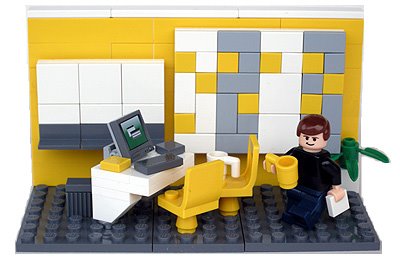A properly mistake-proofed system will not need inspection. My video cable is an example of mistake-proofing. I can't plug a monitor cable into a computer or video projector upside down because the cable and the plug are keyed.
This example really puzzled me: How can I translate this into my code?
Of course there are the automated self-checking tests, but there is also design-by-contract with assertions.
Just have a look at this short example (in Java). The code illustrates the example of a video projector and a monitor cable.
public class VideoProjector {
/*************************************************
* Connect a monitor cable.
* PRE monitorCable is not null.
* POST ... some post-condition ...
*/
public void plug(MonitorCable monitorCable) {
assert monitorCable != null : "PreCond: monitorCable != null";
// some code ...
}
...
If you call operation plug with a null monitorCable argument, then the assertion halts the application and you get the following message:
run:
Exception in thread "main" java.lang.AssertionError: PreCond: monitorCable !=null
at zeroinspection.VideoProjector.plug(VideoProjector.java:14)
Therefore, the code of classes VideoProjector and MonitorCable are keyed to be a mistake-proof collaboration.




Aucun commentaire:
Enregistrer un commentaire